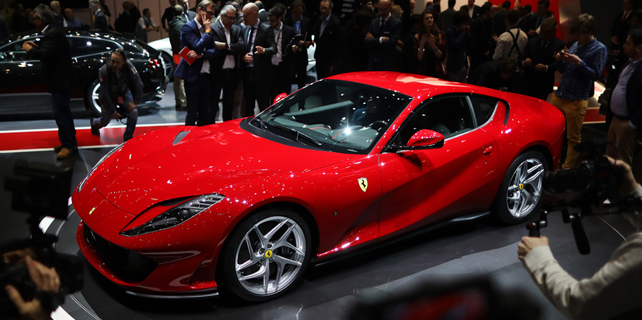Human rights record of the United States in 2016
II. Political Rights Undermined
In 2016, money politics and power-for-money deals had controlled the presidential election, which was full of lies and farces. There were no guarantees of political rights, while the public responded with waves of boycott and protests, giving full exposure of the hypocritical nature of U.S. democracy.
Voter turnout and support rate reached new low. Only about 55 percent of voting age citizens cast ballots in the 2016 election, lowest in 20 years (edition.cnn.com, November 30, 2016). A growing number of Americans were disappointed or even angry about the election. Pew research conducted prior to the election showed that many of the voters who planned on coming to the polls were angry. Those who didn't vote this time went beyond alienation to antipathy-a complete aversion and dislike for things political (www.huffingtonpost.com, December 6, 2016).
Most Expensive Election Ever. Americans who are running for federal elective offices spent more than ever-about 6.8 billion U.S. dollars. That's more than what consumers spend on cereal (6 billion U.S. dollars). Candidates seeking House and Senate and the independent groups supporting them are expected to shell out 410 million U.S. dollars more than during the 2012 presidential election (www.cbsnews.com, November 8, 2016). According to the website of the Washington Post, Clinton's campaign had raised 1.4 billion U.S. dollars by the end of November 2016, while Trump's had raised 932 million U.S. dollars (www.washingtonpost.com, December 9, 2016). CNN reported that 2016 was "the year when money won nobody nothing," and "a golden age to be a man of means" (us.cnn.com, November 12, 2016). Money politics had triggered nationwide protests, in which many were arrested by the police.
Media failed to be objective and impartial. U.S. media published a lot of biased reports and commentaries during the 2016 election, fully demonstrating their failure in staying objective or impartial. The media clearly chose their side in covering the election. Among the top 100 newspapers based on daily circulation, 57 endorsed the Democratic nominee while 2 the Republican, according to data revealed by the media endorsements count conducted by University of California, Santa Barbara. A poll made by Quinnipiac University on October 19, 2016 also found that the news media was biased in its coverage of the presidential election, a feeling shared by 55 percent of American likely voters, including about 90 percent of Republicans and 61 percent of independent voters (poll.qu.edu, October 19, 2016).
- China issues report on US human rights
- Peace is fundamental premise, foundation for human rights protection: Chinese diplomat
- Work together to promote and protect human rights
- A Comparative Study on Human Rights Development Approaches in China and U.S.(Special Issue No.48 2016)
- West's perspective on human rights not the only one
- Global human rights development demands equal exchanges
- China-Germany forum on human rights development held in Beijing
- Survival, development are basic human rights: Xi









